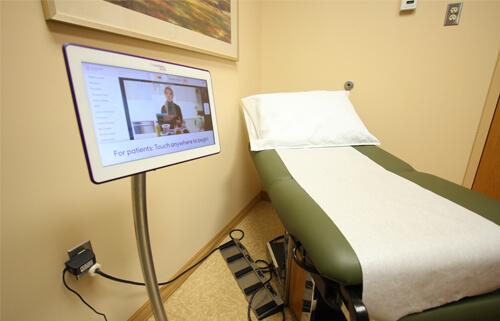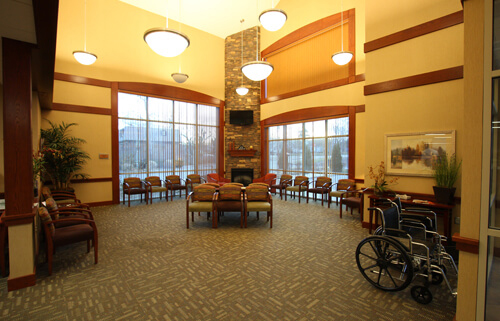Overview
Hemorrhoids are veins around the anus or lower rectum that have become swollen and inflamed. Hemorrhoids can happen either inside the anus (internal hemorrhoids) or under the skin around the anus (external hemorrhoids). They are common in both men and women. In fact, hemorrhoids are so common that about half of all people will have them at some point by the time they turn 50. They can result from straining to have a bowel movement. Other factors that can lead to hemorrhoids are pregnancy, obesity, aging and chronic constipation or diarrhea.
Symptoms of Hemorrhoids
- Bright red blood covering the stool, on toilet paper or in the toilet bowl
- Itching
- Pain and discomfort
Both types of hemorrhoids have similar symptoms, but external hemorrhoids may also produce a hard, painful lump that is a result of blood pooling or clotting under the skin.
Treatments for Hemorrhoids
There are a variety of treatment options for hemorrhoids, which may include a warm bath and use of a cream or other medicines. Patients with large hemorrhoids or ones that have not responded to other treatments may need banding or surgery. Even if you choose to treat hemorrhoids at home, you should see a doctor if there is any rectal bleeding to rule out a more serious condition like colorectal cancer.
Preventing Hemorrhoids
The best way to prevent hemorrhoids is with regular, healthy stools. Stools that can pass easily decrease pressure and straining, which are both risk factors for hemorrhoids. Also, be sure to empty your bowels as soon as possible after the urge occurs.
Lifestyle changes can also help prevent hemorrhoids. Adding exercise to your routine, walking regularly, increasing dietary fiber intake and drinking plenty of water are all ways to help produce soft and easy-to-pass stools.





